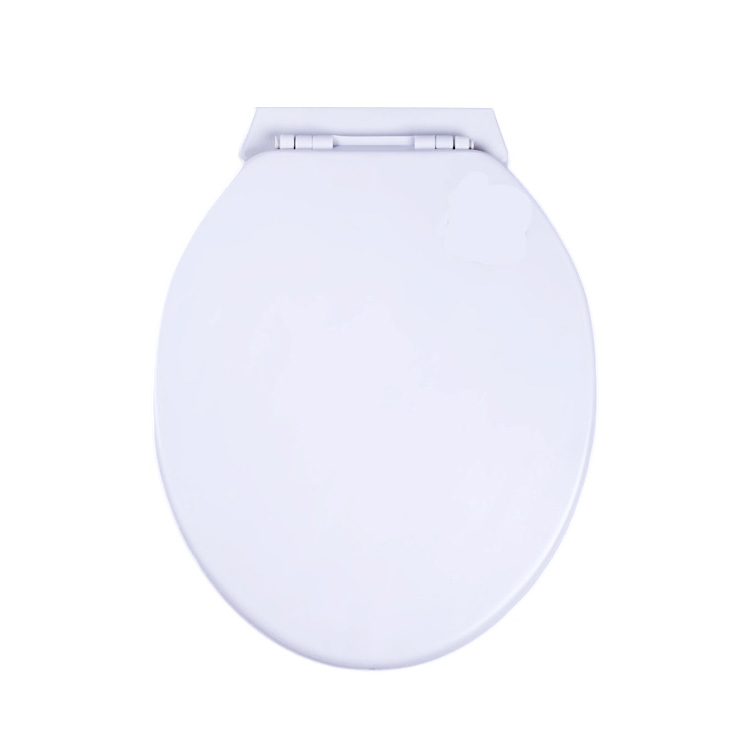Types of Toilet Plastic Seat Covers
2024-06-20
A toilet plastic seat cover refers to a disposable or semi-permanent cover placed over a toilet seat for hygiene purposes. These covers are commonly used in public restrooms, hospitals, hotels, and other facilities to provide a sanitary barrier between the user and the toilet seat. Here’s an overview of toilet plastic seat covers, their types, benefits, and considerations:
Types of Toilet Plastic Seat Covers:
1. Disposable Seat Covers:
- Thin Plastic Sheets: Typically made from lightweight, biodegradable plastic materials.
- Pre-cut Shapes: Designed to fit standard toilet seat sizes and shapes.
- Flushable: Some designs allow for flushing after use, reducing waste and maintaining cleanliness.
2. Semi-Permanent Seat Covers:
- Reusable: Made from durable plastic materials or vinyl that can be cleaned and sanitized between uses.
- Attached Mechanism: Includes hinge systems or clamps to securely attach to the toilet seat, providing a stable and hygienic surface.
Benefits of Toilet Plastic Seat Covers:
1. Hygiene and Sanitation:
- Barrier Protection: Prevents direct contact with the toilet seat, reducing exposure to germs, bacteria, and viruses.
- Peace of Mind: Provides users with a sense of cleanliness and comfort in public restroom settings.
2. Convenience:
- Disposable Options: Easily accessible and ready for immediate use without cleaning or maintenance.
- Quick Installation: Simple to place on the seat and remove after use, minimizing wait times in busy restroom environments.
3. Environmental Considerations:
- Biodegradability: Disposable seat covers made from biodegradable materials contribute to eco-friendly disposal practices.
- Reduced Water Usage: Flushable designs can help conserve water by eliminating the need for additional toilet flushes.
Considerations:
1. Fit and Compatibility:
- Ensure the seat cover fits securely and aligns with the toilet seat shape and size to provide effective coverage.
2. Availability and Accessibility:
- Regularly stocked in restroom facilities to meet user demand and ensure consistent availability.
3. User Preferences:
- Consider user preferences and comfort regarding the type (disposable vs. reusable) and material of seat covers provided.
Usage in Different Environments:
- Public Restrooms: Promotes hygiene and cleanliness in high-traffic areas where multiple users share restroom facilities.
- Healthcare Settings: Used in hospitals and clinics to prevent cross-contamination and maintain infection control standards.
- Hospitality Industry: Provides guests with a hygienic option in hotels, resorts, and restaurants.
- Travel and Transportation: Available in airports, train stations, and other transport hubs for passenger convenience.
Conclusion:
Toilet plastic seat covers play a significant role in maintaining hygiene and sanitation standards in public and shared restroom facilities. Whether disposable or reusable, these covers offer users a convenient and effective way to protect themselves from direct contact with toilet seats, enhancing comfort and peace of mind. Understanding the types, benefits, considerations, and applications helps facilities and organizations choose the most suitable toilet plastic seat covers to meet hygiene needs and user expectations effectively.



